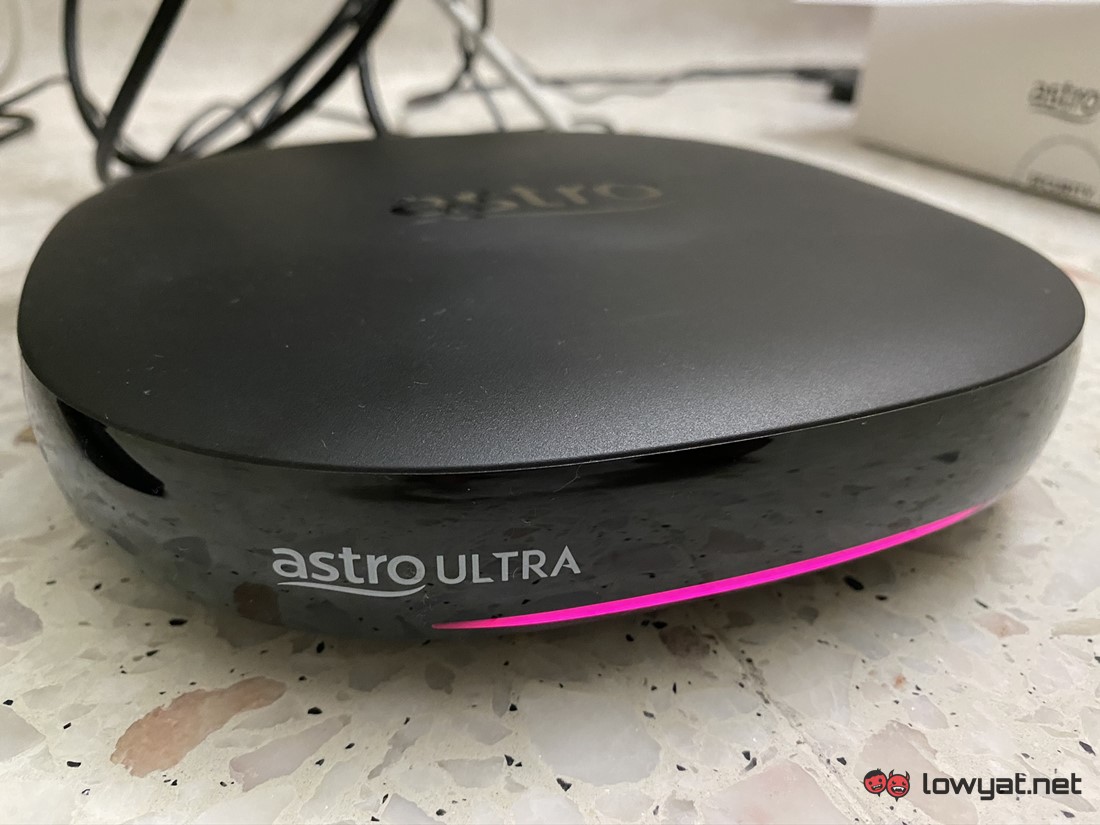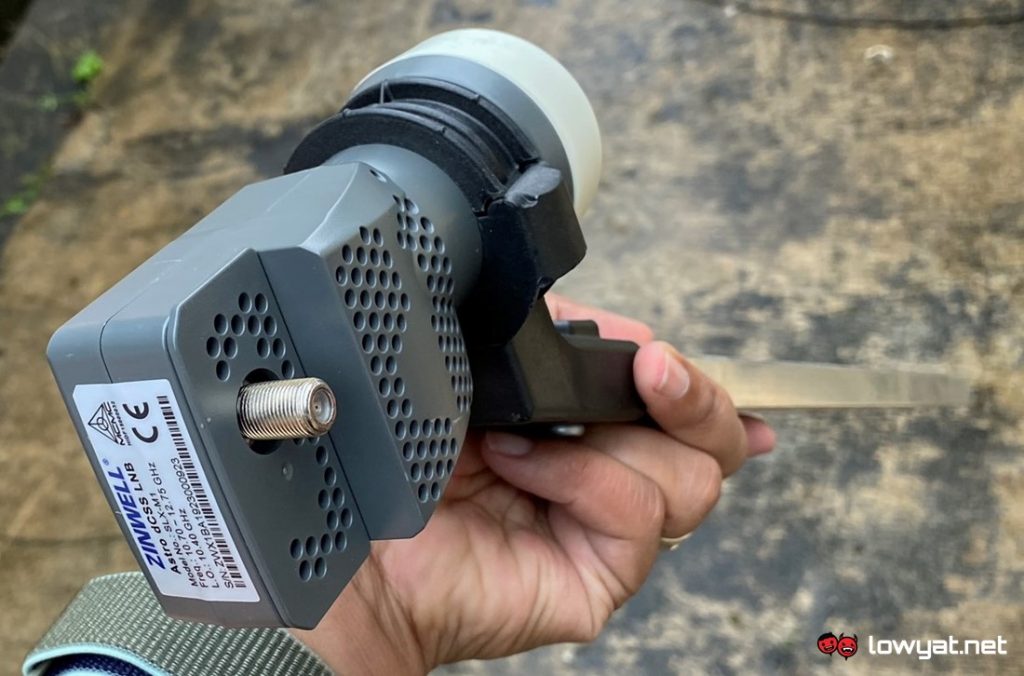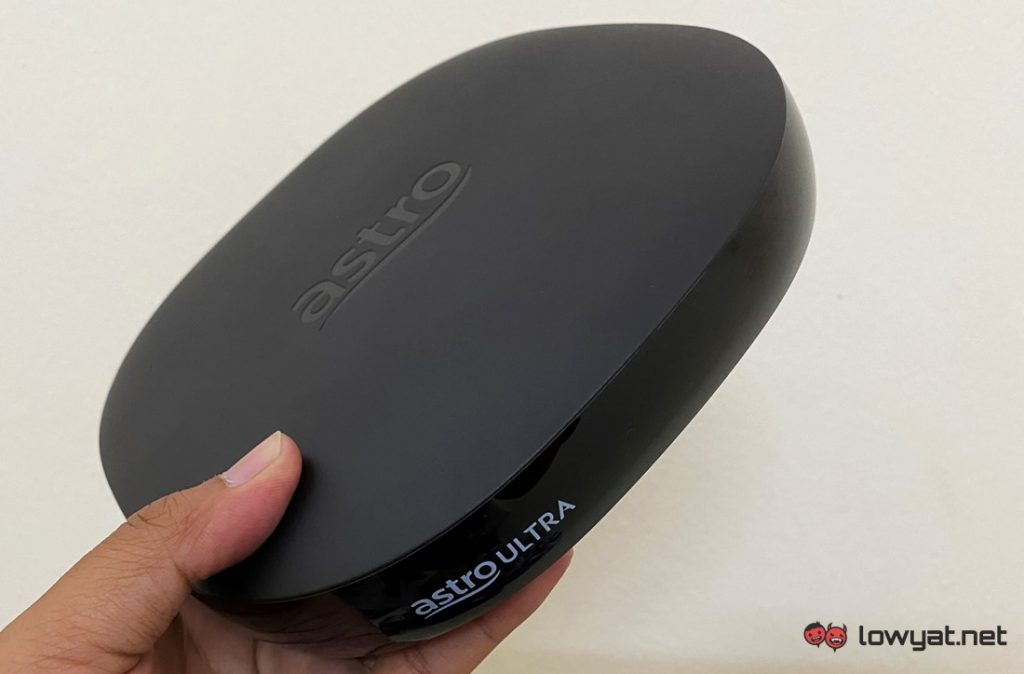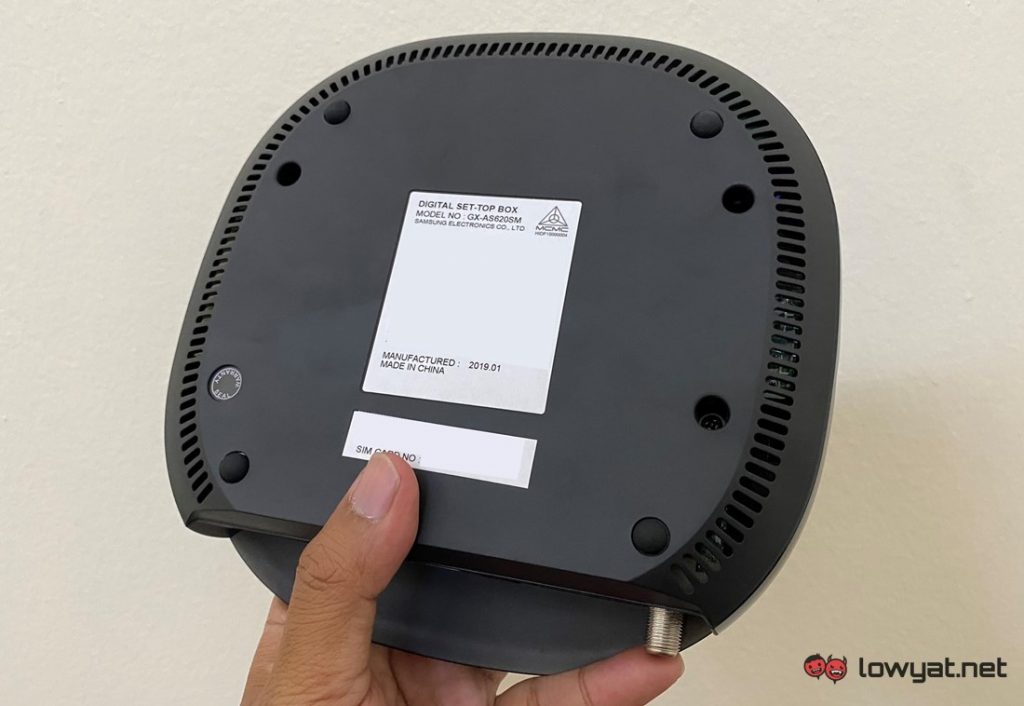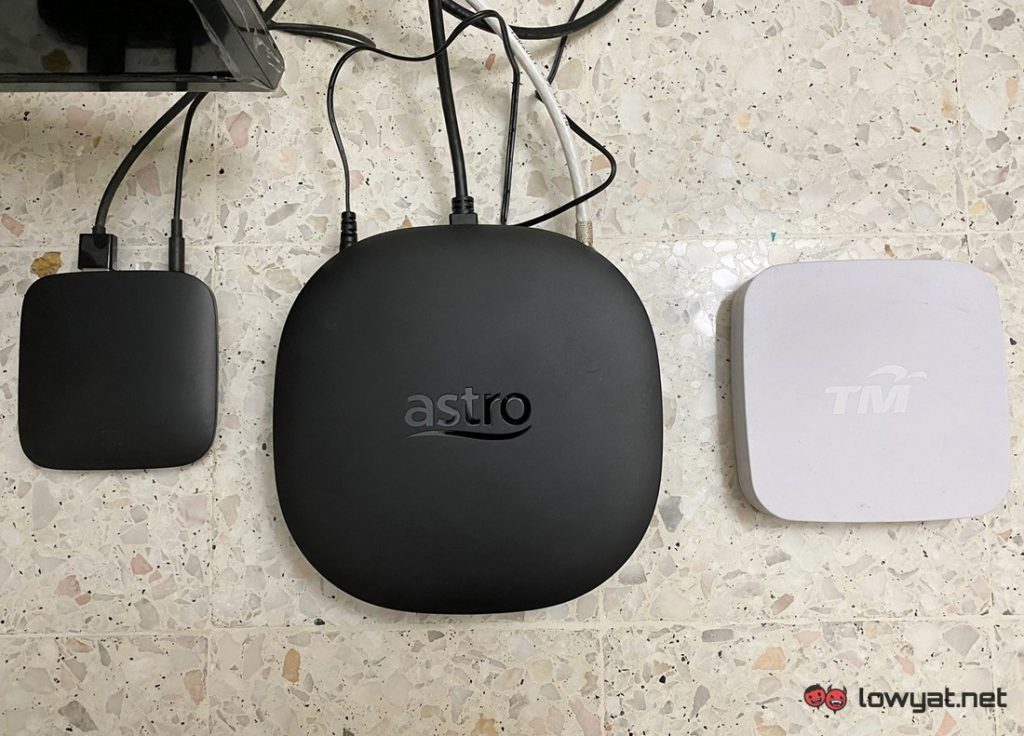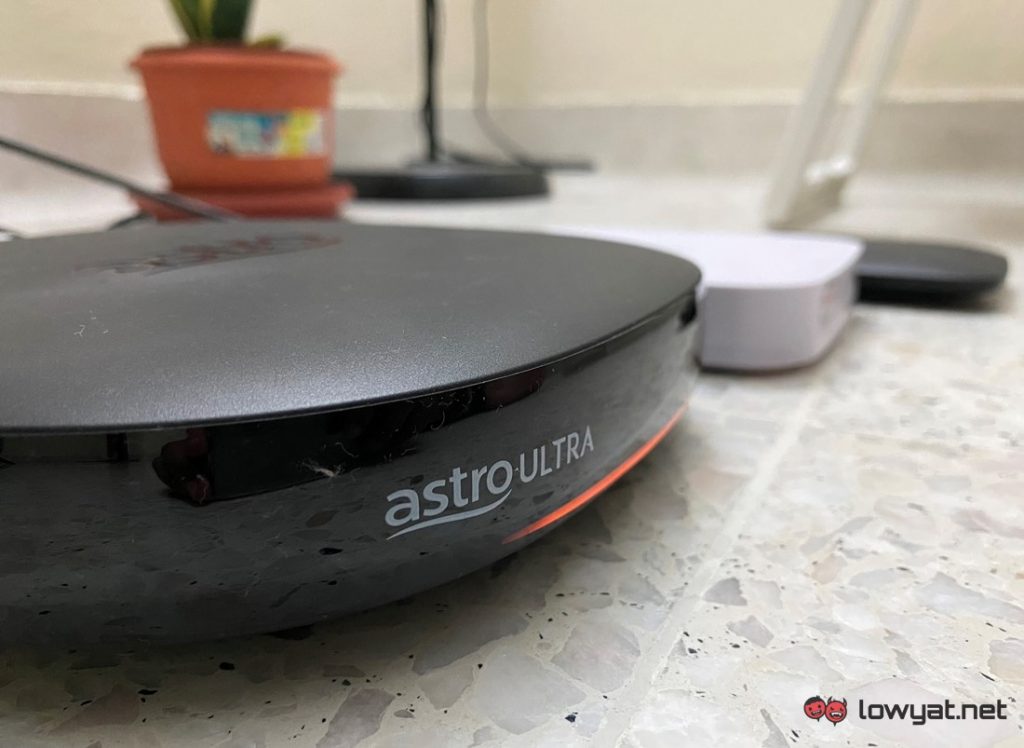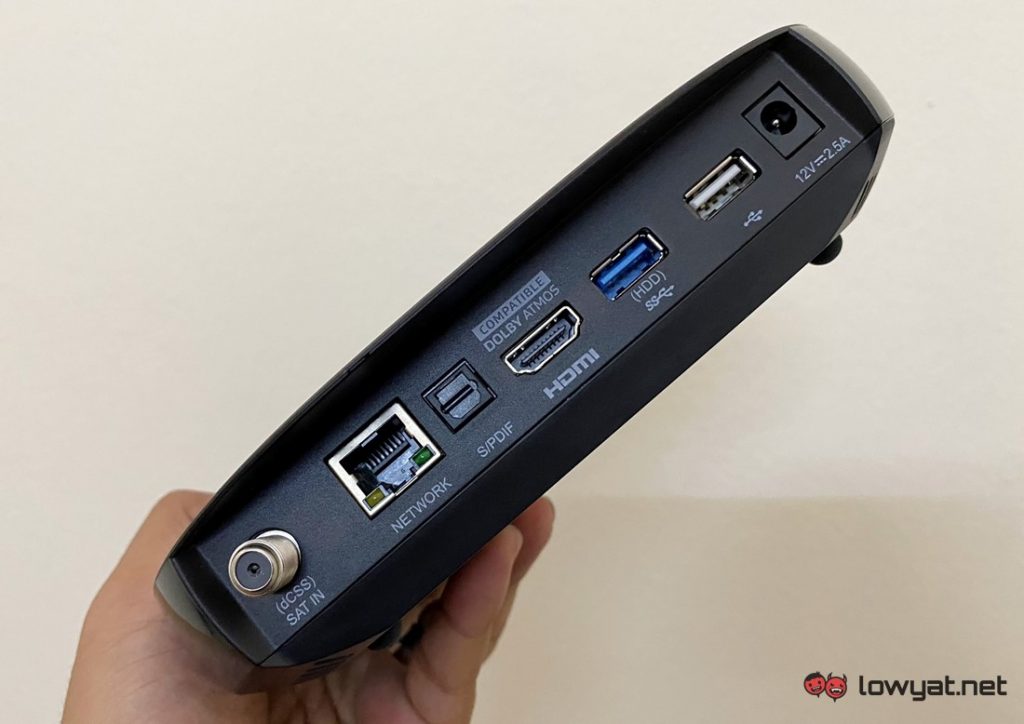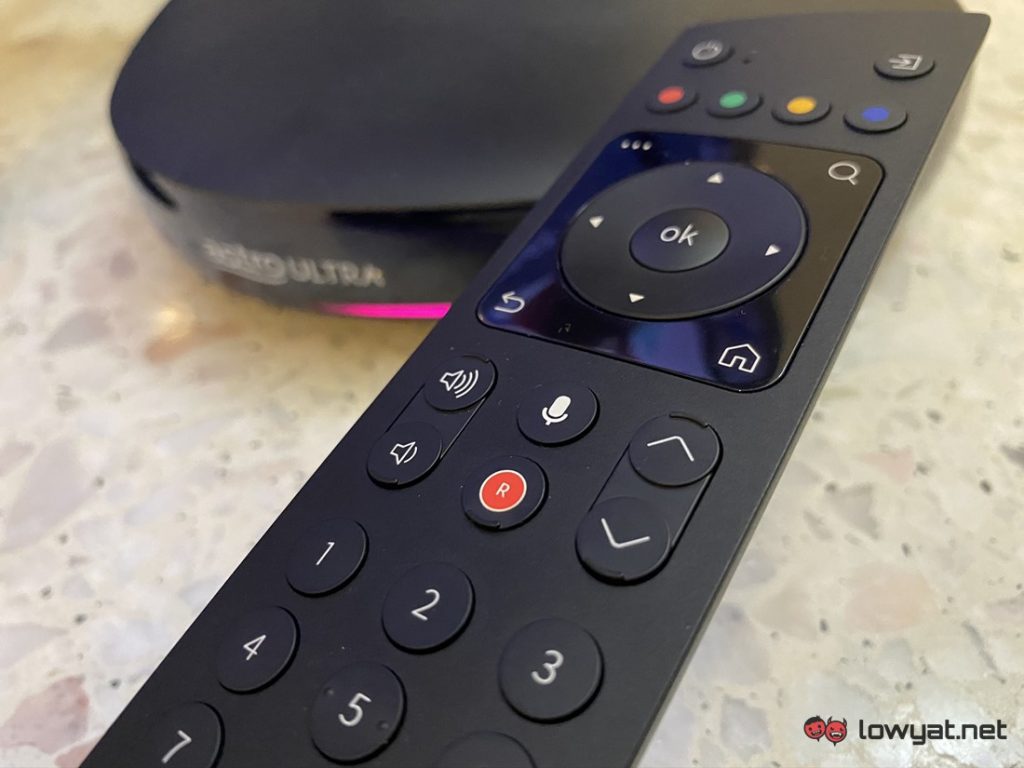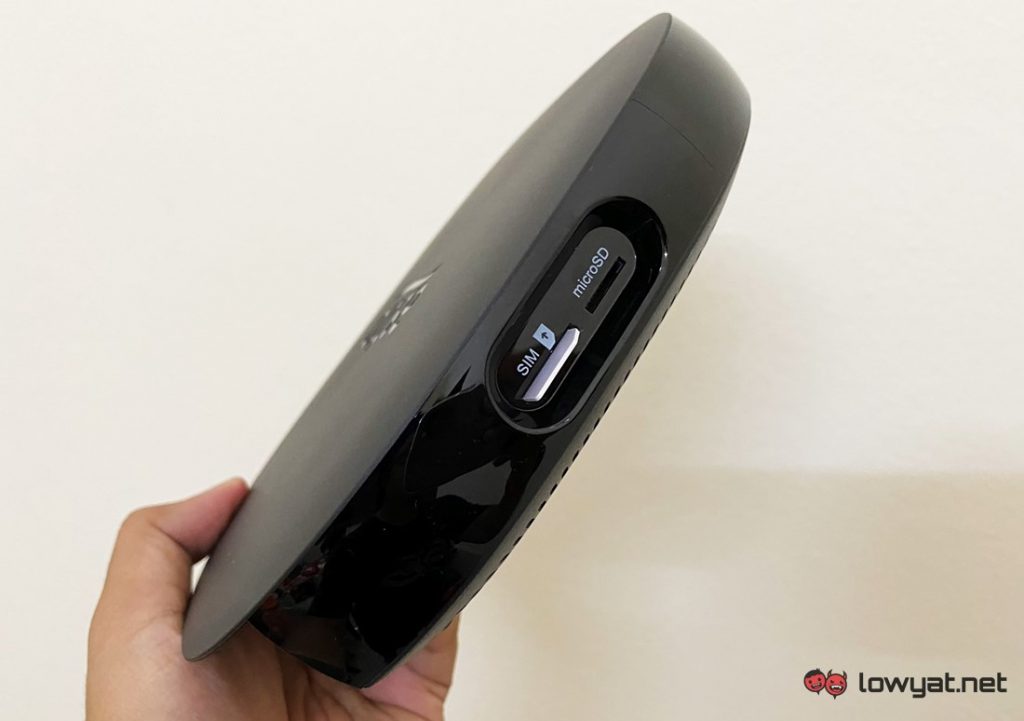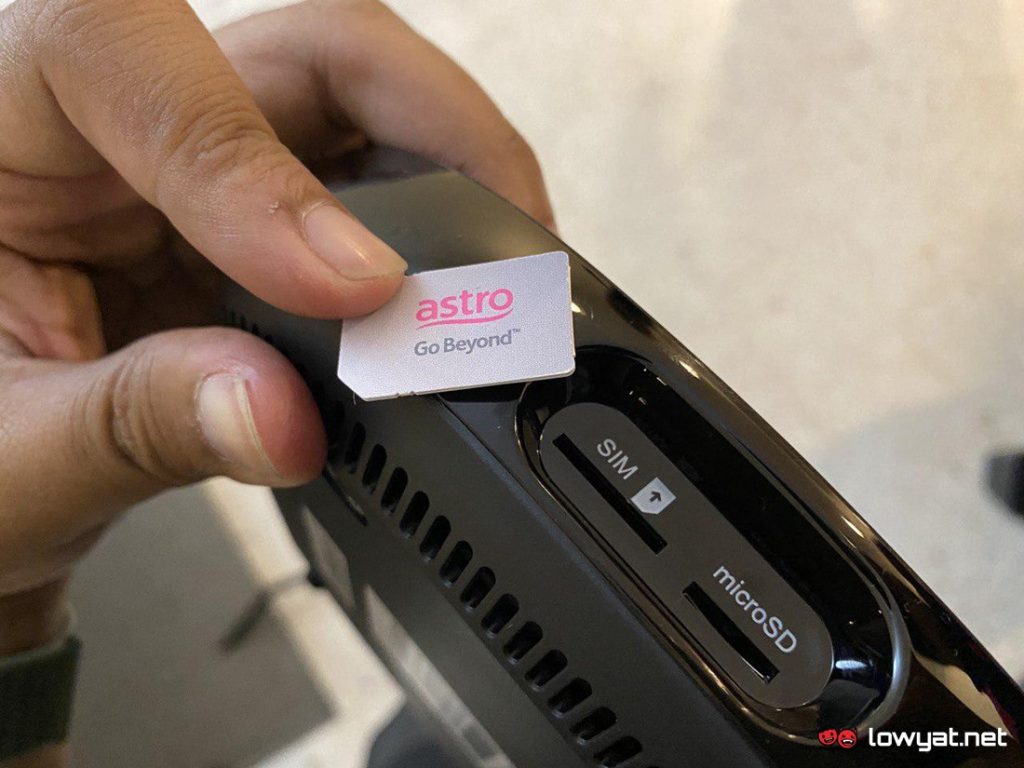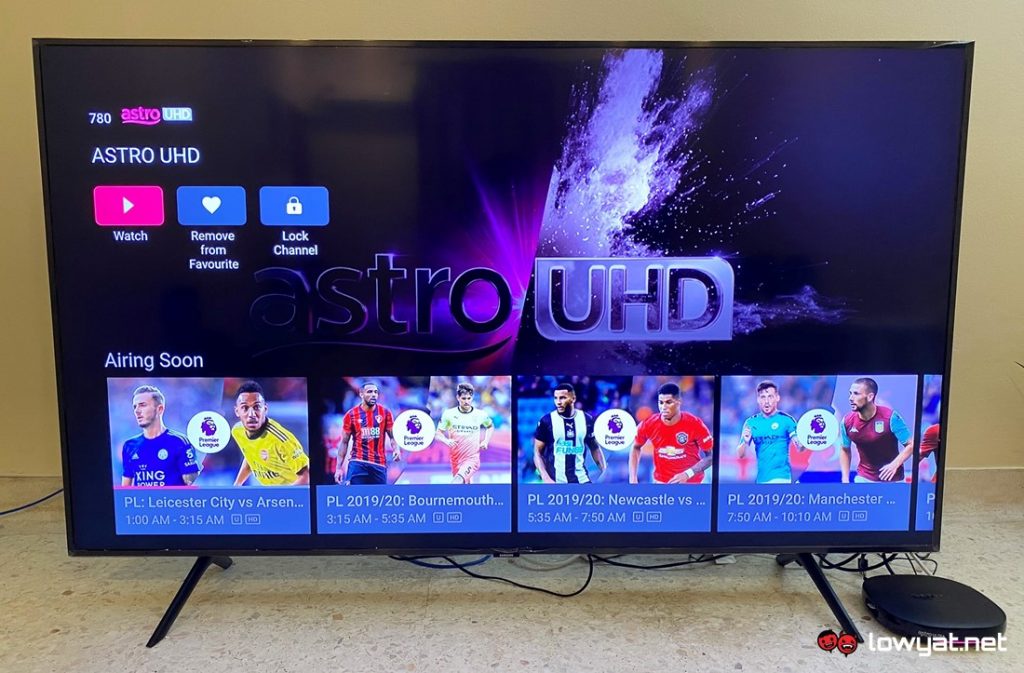UPDATE (8:05 PM): The upgrade installation fee for the Astro Ultra box has been revealed. More on that right here. This article has also been updated to accurately reflect the LNB unit for Astro Ultra.
ORIGINAL STORY (2:32 PM):
Its rollout was delayed for quite some time, but Astro is finally launching the company’s new TV box, Astro Ultra to the public. While today’s launch event marked the official public debut of the box, Astro Ultra box has already made rounds to selected users since a few months ago as part of the company’s beta test program.
However, my media test unit only came earlier this week which means that the things we going to discuss moving forward are skewed to the public rollout phase instead of the earlier beta test. Before we go further, I would like to note that I’m not an existing Astro subscriber (surprise!), so you are going to see this from the eyes of a first-time customer.
When the Astro installer team came to set up the Astro Ultra in my home, I asked what’s the difference between the standard Astro satellite dish and the one used to deliver Astro UHD service through Astro Ultra box, I was told that the low-noise block downconverter (LNB) or generally referred to as “the receiver” by most of us is different from the LNB unit that Astro has deployed in the past.
The difference comes in the form of LNB type as the unit that Astro is deploying for Astro Ultra box is a dCSS LNB. Previously, the company utilized the Universal LNB for deployment to the consumer which it has since phased out from the market.
As for the size of the satellite dish itself, there are no changes to it as that satellite dish dimensions are actually regulated by our law. If you already have an existing dish, Astro’s installer team will first check whether it is suitable for the new Astro Ultra box and would replace it if they have to.
Moving on to the Astro Ultra box, it is certainly quite a departure from Astro’s previous TV box in terms of design. Instead of the usual rectangular design, the Astro Ultra box looks sleeker with its squircle shape and curvy edges that are being accentuated further by the LED status strip on the bottom front part of the TV box.
In terms of footprint, the Astro Ultra box doesn’t take that much space but still noticeably larger than my Huawei-made Unifi TV and Xiaomi Mi Box. Nevertheless, they all looked so tiny when compared to the massive 65-inch 2019 QA60R 4K QLED TV that Samsung has loaned us to pair with the Astro Ultra box.
Speaking about the manufacturer, it is quite interesting to note that the Astro Ultra box is made by Samsung as written on its label and installation guide. The same guide has also pointed out that the Astro Ultra offers Dolby Atmos and Dolby Digital Audio output via its HDMI 2.0 port while the box is also able to provide Dolby Digital Audio through its optical S/PDIF port.
The release of Astro Ultra also marked the arrival of cloud-based recording feature for Astro customers. Naturally, the box needs to be connected to the Internet in order for the feature to work and one can do via its Ethernet port or dual-band Wi-Fi connectivity.
Meanwhile, there are two USB ports on the back on the Astro Ultra box. While one of them is a USB 3.0 port that is made for users to store PVR contents into an external hard drive, the USB 2.0 port actual purpose is still a mystery since the Astro Ultra’s installation guide stated that the port is “reserved for future usage“.
The same label has also been given to the box’s microSD card slot and the microphone button on Astro Ultra’s remote control. Since I couldn’t locate any actual microphone on both the box and the remote itself, the inclusion of the microphone button is rather odd.
Another interesting I noticed is that Astro Box utilizes a SIM card instead of the usual full-sized smart card that the company have been using for decades. Given the size difference, it seems that the card is made specially for Astro Ultra.
All of the above observations were made based just on my first three days with Astro Ultra. Hence, there are still plenty of things that I going to explore including the Astro UHD service, the cloud recording feature, and new user interface.
Not to forget, there is also the question of how much do customers need to pay for these new features. This is something that we hope to have the answer at the Astro Ultra launch event later this afternoon. So, stay tuned.
Astro Ultra box and Astro UHD trial subscription is courtesy of Astro. The 2019 Samsung QA60R 4K QLED TV loan demo unit is courtesy of Samsung Malaysia.
Follow us on Instagram, Facebook, Twitter or Telegram for more updates and breaking news.


